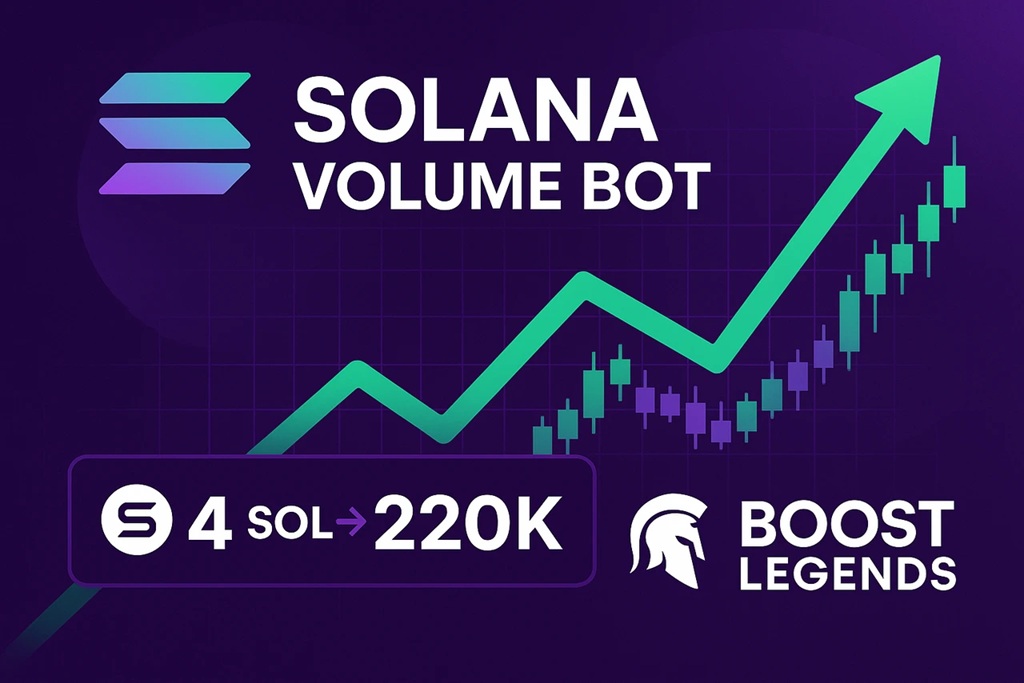Ethereum Whale Unveils Strategic $200M ETH Withdrawal from Kraken
The post Ethereum Whale Unveils Strategic $200M ETH Withdrawal from Kraken appeared on BitcoinEthereumNews.com. The world of cryptocurrency is a dynamic arena, constantly shaped by the movements of its most influential participants. Recently, the crypto community has been abuzz with news of a colossal transaction that underscores just how powerful these ‘whales’ can be. A staggering Ethereum whale has made headlines by withdrawing approximately $200 million worth of ETH from the Kraken exchange, a move that has ignited speculation and analysis across the entire digital asset landscape. Understanding the Giants: Who Are These Ethereum Whales? In the vast ocean of cryptocurrency, an Ethereum whale refers to an individual or entity holding an exceptionally large amount of Ether (ETH). These aren’t your everyday investors; they often control significant portions of the circulating supply, making their transactions capable of sending ripples, or even tsunamis, through the market. Identifying these whales typically involves sophisticated on-chain analytics, which track large wallet addresses and their movements. What drives these behemoths? Their motivations are as varied as the market itself, but often include: Strategic Accumulation: Buying large quantities of ETH, often off-exchange (OTC) or through multiple large exchange purchases, to hold for the long term, anticipating future price appreciation. Staking: Moving ETH to participate in Ethereum’s Proof-of-Stake consensus mechanism, earning rewards and contributing to network security. This locks up funds, reducing circulating supply. Decentralized Finance (DeFi) Engagement: Deploying capital into DeFi protocols for lending, borrowing, or yield farming, seeking higher returns than traditional investments. Portfolio Rebalancing: Adjusting their holdings in response to market conditions, economic outlooks, or shifts in their investment thesis. Market Manipulation (Less Common but Possible): Large moves can sometimes be intended to influence market sentiment, though regulatory bodies are increasingly scrutinizing such activities. The actions of an Ethereum whale are meticulously watched because they can often precede significant price movements or signal shifts in market sentiment. Their…

The post Ethereum Whale Unveils Strategic $200M ETH Withdrawal from Kraken appeared on BitcoinEthereumNews.com.
The world of cryptocurrency is a dynamic arena, constantly shaped by the movements of its most influential participants. Recently, the crypto community has been abuzz with news of a colossal transaction that underscores just how powerful these ‘whales’ can be. A staggering Ethereum whale has made headlines by withdrawing approximately $200 million worth of ETH from the Kraken exchange, a move that has ignited speculation and analysis across the entire digital asset landscape. Understanding the Giants: Who Are These Ethereum Whales? In the vast ocean of cryptocurrency, an Ethereum whale refers to an individual or entity holding an exceptionally large amount of Ether (ETH). These aren’t your everyday investors; they often control significant portions of the circulating supply, making their transactions capable of sending ripples, or even tsunamis, through the market. Identifying these whales typically involves sophisticated on-chain analytics, which track large wallet addresses and their movements. What drives these behemoths? Their motivations are as varied as the market itself, but often include: Strategic Accumulation: Buying large quantities of ETH, often off-exchange (OTC) or through multiple large exchange purchases, to hold for the long term, anticipating future price appreciation. Staking: Moving ETH to participate in Ethereum’s Proof-of-Stake consensus mechanism, earning rewards and contributing to network security. This locks up funds, reducing circulating supply. Decentralized Finance (DeFi) Engagement: Deploying capital into DeFi protocols for lending, borrowing, or yield farming, seeking higher returns than traditional investments. Portfolio Rebalancing: Adjusting their holdings in response to market conditions, economic outlooks, or shifts in their investment thesis. Market Manipulation (Less Common but Possible): Large moves can sometimes be intended to influence market sentiment, though regulatory bodies are increasingly scrutinizing such activities. The actions of an Ethereum whale are meticulously watched because they can often precede significant price movements or signal shifts in market sentiment. Their…
What's Your Reaction?
















.png?#)























